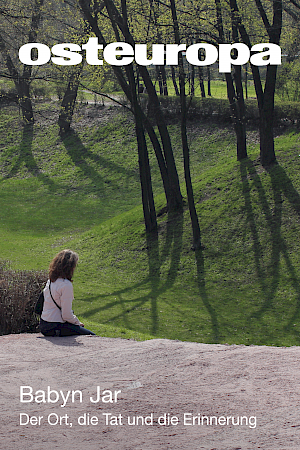Babi Yar in court
A legal perspective in the USSR and Germany
Deutsche Fassung
Abstract
The massacre at Babi Yar in 1941, when SS special deployment units (Einsatzgruppen), with the assistance of the Wehrmacht, shot 34,000 Jews over a period of two days, has become a symbol of the mass murders for which these units were responsible. At the Nuremberg Trials and the Soviet trials in Kyiv and Riga, Babi Yar was included in the indictment, and was used as evidence of the nature of the German war of extermination. During the subsequent Nuremberg trials of 1947/48, three of the individuals who were directly involved in the planning and implementation of the massacre were called to account. It was not until the end of the 1960s, during the Callsen trial in Darmstadt, that ten members of execution unit (Sonderkommando) no. 4a were accused of killing around 60,000 people. Some of them received sentences of between four and 15 years, while others were acquitted. No-one from the Wehrmacht faced legal action. Most of the members of the Sonderkommando and the Einsatzgruppen, which had at least 700 members and which were involved in the mass murders, remained unpunished.
(Osteuropa 1-2/2021, pp. 23–40)



